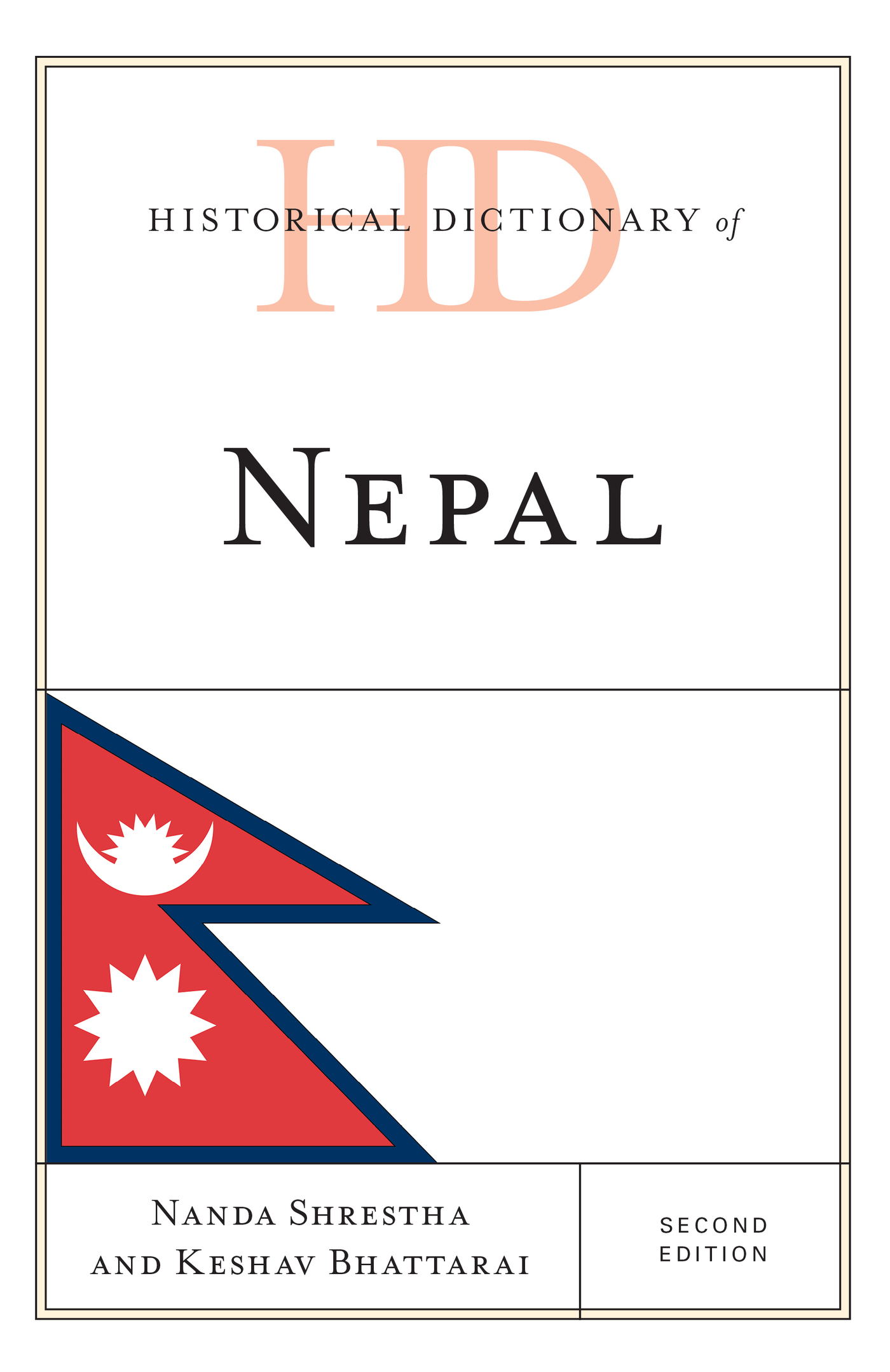The historical dictionaries present essential information on a broad range of subjects, including American and world history, art, business, cities, countries, cultures, customs, film, global conflicts, international relations, literature, music, philosophy, religion, sports, and theater. Written by experts, all contain highly informative introductory essays on the topic and detailed chronologies that, in some cases, cover vast historical time periods but still manage to heavily feature more recent events.
Brief AZ entries describe the main people, events, politics, social issues, institutions, and policies that make the topic unique, and entries are cross-referenced for ease of browsing. Extensive bibliographies are divided into several general subject areas, providing excellent access points for students, researchers, and anyone wanting to know more. Additionally, maps, photographs, and appendixes of supplemental information aid high school and college students doing term papers or introductory research projects. In short, the historical dictionaries are the perfect starting point for anyone looking to research in these fields.
Historical Dictionaries of
Asia, Oceania, and the Middle East
Jon Woronoff, Series Editor
Guam and Micronesia, by William Wuerch and Dirk Ballendorf. 1994.
Palestine, by Nafez Y. Nazzal and Laila A. Nazzal. 1997.
Lebanon, by Asad AbuKhalil. 1998.
Azerbaijan, by Tadeusz Swietochowski and Brian C. Collins. 1999.
Papua New Guinea, Second Edition, by Ann Turner. 2001.
Cambodia, by Justin Corfield and Laura Summers. 2003.
Saudi Arabia, Second Edition, by J. E. Peterson. 2003.
Nepal, by Nanda R. Shrestha and Keshav Bhattarai. 2003.
Kyrgyzstan, by Rafis Abazov. 2004.
Indonesia, Second Edition, by Robert Cribb and Audrey Kahin. 2004.
Republic of Korea, Second Edition, by Andrew C. Nahm and James E. Hoare. 2004.
Turkmenistan, by Rafis Abazov. 2005.
New Zealand, Second Edition, by Keith Jackson and Alan McRobie. 2005.
Vietnam, Third Edition, by Bruce Lockhart and William J. Duiker. 2006.
India, Second Edition, by Surjit Mansingh. 2006.
Burma (Myanmar), by Donald M. Seekins. 2006.
Hong Kong SAR and the Macao SAR, by Ming K. Chan and Shiu-hing Lo. 2006.
Pakistan, Third Edition, by Shahid Javed Burki. 2006.
Iran, Second Edition, by John H. Lorentz. 2007.
Peoples Republic of China, Second Edition, by Lawrence R. Sullivan. 2007.
Australia, Third Edition, by James C. Docherty. 2007.
Gulf Arab States, Second Edition, by Malcolm C. Peck. 2008.
Laos, Third Edition, by Martin Stuart-Fox. 2008.
Israel, Second Edition, by Bernard Reich and David H. Goldberg. 2008.
Brunei Darussalam, Second Edition, by Jatswan S. Sidhu. 2010.
Malaysia, by Ooi Keat Gin. 2009.
Yemen, Second Edition, by Robert D. Burrowes. 2010.
Tajikistan, Second Edition, by Kamoludin Abdullaev and Shahram Akbarzadeh. 2010.
Mongolia, Third Edition, by Alan J. K. Sanders. 2010.
Bangladesh, Fourth Edition, by Syedur Rahman. 2010.
Polynesia, Third Edition, by Robert D. Craig. 2011.
Singapore, New Edition, by Justin Corfield. 2011.
East Timor, by Geoffrey C. Gunn. 2011.
Postwar Japan, by William D. Hoover. 2011.
Afghanistan, Fourth Edition, by Ludwig W. Adamec. 2012.
Philippines, Third Edition, by Artemio R. Guillermo. 2012.
Tibet, by John Powers and David Templeman. 2012.
Kazakhstan, by Didar Kassymova, Zhanat Kundakbayeva, and Ustina Markus. 2012.
Democratic Peoples Republic of Korea, by James E. Hoare. 2012.
Thailand, Third Edition, by Gerald W. Fry, Gayla S. Nieminen, and Harold E. Smith. 2013.
Iraq, Second Edition, by Beth K. Dougherty and Edmund A. Ghareeb. 2013.
Syria, Third Edition, by David Commins and David W. Lesch. 2014.
Science and Technology in Modern China, by Lawrence R. Sullivan and Nancy Y. Liu, 2014
Taiwan (Republic of China), Fourth Edition, by John F. Copper. 2014.
Australia, Fourth Edition, by Norman Abjorensen and James C. Docherty. 2015.
Republic of Korea, Third Edition, by James E. Hoare. 2015.
Indonesia, Third Edition, by Audrey Kahin. 2015.
Fiji, by Brij V. Lal. 2016.
Peoples Republic of China, Third Edition, by Lawrence R. Sullivan. 2016.
Israel, Third Edition, by Bernard Reich and David H. Goldberg. 2016.
New Zealand, Third Edition, by Janine Hayward and Richard Shaw. 2016.
Brunei Darussalam, Third Edition, by Jatswan S. Sidhu. 2017.
Nepal, Second Edition, by Nanda R. Shrestha and Keshav Bhattarai. 2017.
Nanda R. Shrestha and Keshav Bhattarai
Names: Shrestha, Nanda R., author. | Bhattarai, Keshav, 1955- author.
Title: Historical dictionary of Nepal / Nanda R. Shrestha and Keshav Bhattarai.
Description: Second edition. | Lanham, MD : Rowman & Littlefield, [2016] | Series: Historical dictionaries of Asia, Oceania, and the Middle East | Includes bibliographical references.
Identifiers: LCCN 2016035269 (print) | LCCN 2016035644 (ebook) | ISBN 9781442277694 (hardcover : alk. paper) | ISBN 9781442277700 (electronic)
Subjects: LCSH: NepalHistoryDictionaries.
Classification: LCC DS494.5 .S58 2016 (print) | LCC DS494.5 (ebook) | DDC 954.96003dc23
Printed in the United States of America.
A traditional category of arable land based on productivity or soil quality and irrigation. Such a system of land categorization was instituted for the purpose of levying land taxes. According to this system, abal is the best quality of cultivable land because it is fertile due to its good soil quality. As such, it carries the highest rate of land taxes. At least two different seasonal crops can be grown on abal land, including paddy rice, which is the most important crop in Nepal. Unirrigated

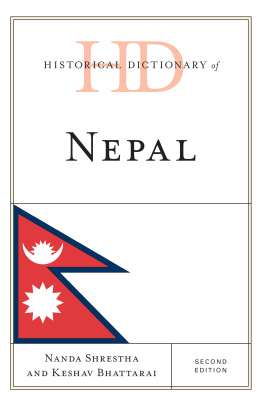

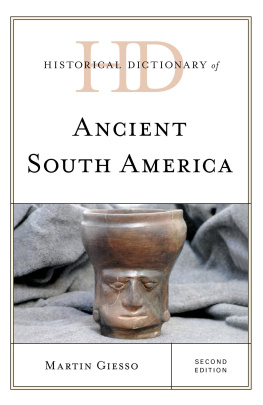
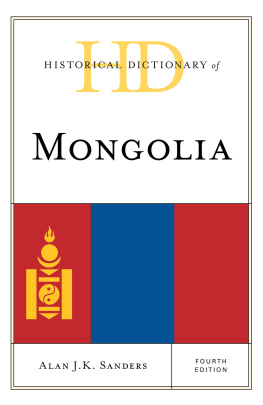
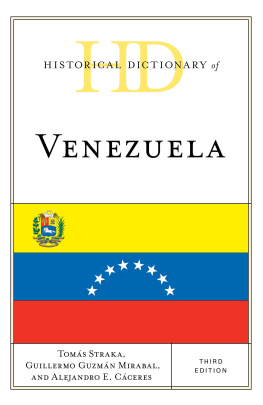
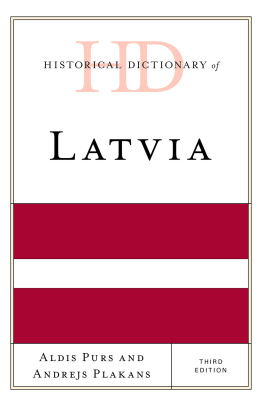
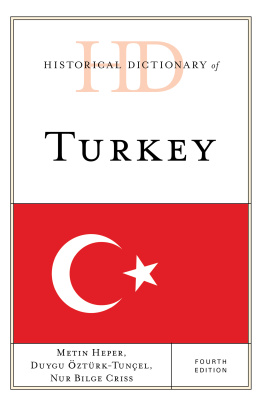


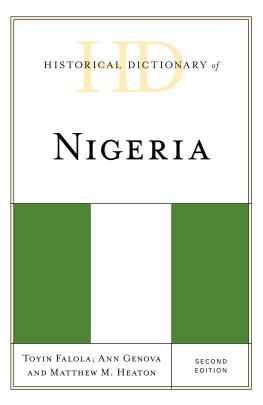
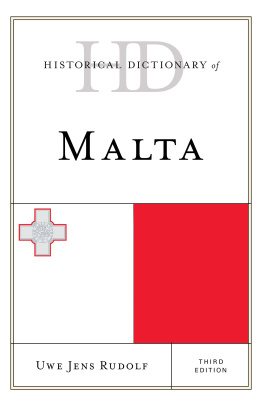
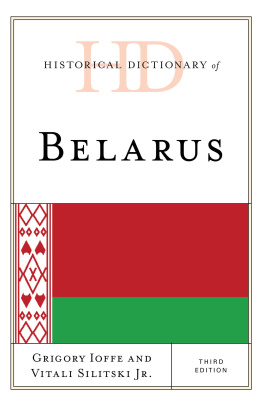
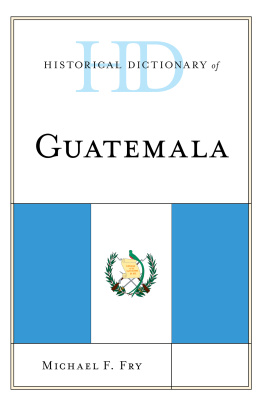
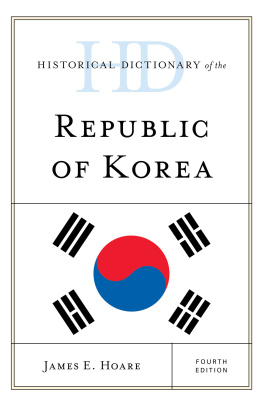

 The paper used in this publication meets the minimum requirements of American National Standard for Information Sciences Permanence of Paper for Printed Library Materials, ANSI/NISO Z39.48-1992.
The paper used in this publication meets the minimum requirements of American National Standard for Information Sciences Permanence of Paper for Printed Library Materials, ANSI/NISO Z39.48-1992.